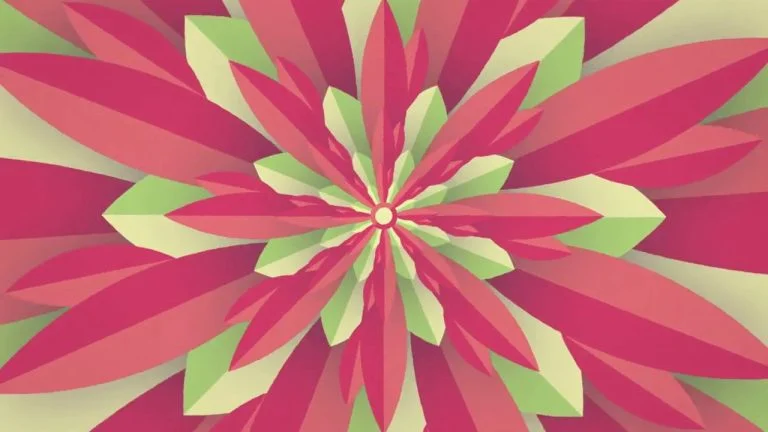Maps are flat representations of our spherical planet. Johnny Harris cut open a plastic globe to understand just what it takes to turn a sphere into something flat. His struggle to make a flat map out of the plastic globe is indicative of a challenge mapmakers have faced for centuries: It is mathematically impossible to translate the surface of a sphere onto a plane without some form of distortion. To solve this problem, mathematicians and cartographers have developed a huge library of representations of the globe, each distorting a certain attribute and preserving others. For instance, the Mercator projection preserves the shape of countries while distorting the size, especially near the north and south pole. For a more accurate view of land area look at the Gall-Peters projection, which preserves area while distorting shape. In the end, there’s not “right” map projection. Each comes with trade-offs, and cartographers make projection decisions based on the particular tasks at hand. But if you are interested in seeing an accurate depiction of the planet, it’s best to stick with a globe.











